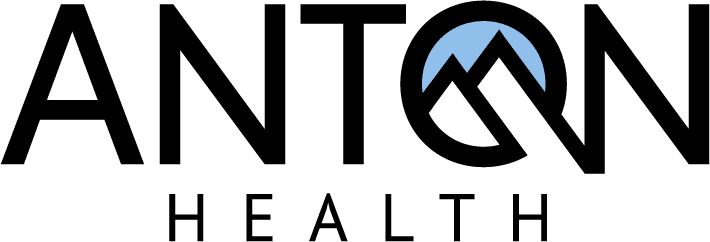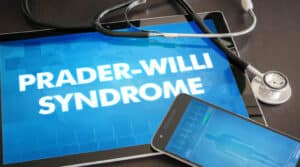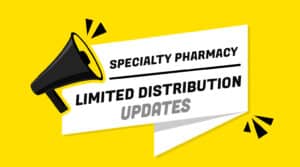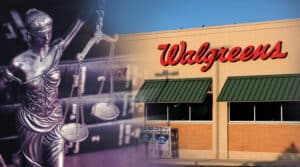One of my favorite topics…. Hospitals and health systems opening their own specialty pharmacies (HSSPs). We’ve written about this growing trend for several years, but much of the detail behind this trend was anecdotal. For perhaps the first time, the article below details findings from an American Society of Health-System Pharmacists (ASHP) survey, with more than 100 HSSP providers responding. The insights are enlightening.
The lead finding is that these HSSPs really only differentiate themselves in just two areas… “partly to integration with specialty clinics and hospital providers and access to electronic health records.” That’s it. One has to wonder what happens with non-hospital staff provider integration.
Yes, there is no doubt that the ability to directly interface with the hospital’s staff clinical team as well as the ability to access real-time patient clinical status via EMRs could benefit patient care management . However, those features fade quickly once a patient is release from the hospital. Unless the pharmacy captures patient reported health info ongoing, a traditional SP with a tight patient follow up model should be able to react faster than the HSSP.
We were not overly surprised to see that average volume at the HSSPs averages only 45,000 specialty scripts annually….. with gross revenues of less than $100 million. That works out to an average script cost of only $2200, quite low for an SP script these days.
74% of the respondents said that their SP was opened for six years or less, consistent with what we’ve previously reported.
One big weakness for HSSPs is limited geographical access…. most hold five or fewer state licenses with one-third holding only one. Only a handful have pursued national license access.
Not surprisingly, almost all HSSPs target self-administered drugs. However, only 30% also support certain specialty drugs under the medical benefit. That is not surprising as the legacy hospital pharmacy likely wants to continue to own that piece of the business.
The survey confirmed access to limited distribution drugs – the big competitive issue.
HSSPs have had only moderate success in gaining access to limited distribution (LD) drugs.
38% said they were successful with 76% to 100% of the LD drugs they pursued,
38% were successful with 51% to 75% and,
25% were successful with less than 50%.
The primary reasons cited for lack of access…..
82% Pharmaceutical manufacturer refusal to engage
72% Frozen out or blocked by payors.
All that being said, HSSPs are making inroads and are well on their way to steal market share from independent SPs.
Read the full article for more insights from the survey
ASHP Releases Inaugural Survey of Health-System Specialty Pharmacies
By Gina Shaw
Health-system specialty pharmacies (HSSPs) employ a practice model that exceeds industry standards, thanks partly to integration with specialty clinics and providers and access to electronic health records. The top challenge facing HSSPs is access to payor networks, which limits the health system’s ability to deliver an exceptional level of service and coordinated care to all health-system patients.
Those are several of the key findings from ASHP’s inaugural National Survey of Health-System Specialty Pharmacy Practice, presented at its Specialty Pharmacy Conference on July 14, 2021.
Surveys were sent to 230 contacts at 206 different health systems with known specialty pharmacies, and 114 unique organizations completed the survey, for a 53% response rate. The survey included 99 questions over eight domains, including demographics, workforce issues, operations, payor access and financial management, patient care services, quality and outcomes, staff activities, and the future of specialty pharmacy.
Most HSSPs dispense fewer than 45,000 specialty prescriptions per year and have an annual gross revenue of less than $100 million, the survey found. Most of these specialty pharmacies are relatively new, with 73.8% of survey respondents saying their organization has offered specialty pharmacy services for six years or less.
“Based on our findings, we can say that most HSSPs can be considered small to midsized. We have a lot of work to do and are still growing,” said JoAnn Stubbings, BSPharm, a clinical associate professor emerita and the former associate director of specialty pharmacy at the University of Illinois-Chicago College of Pharmacy, who served on the advisory committee for the development of the survey.
“We learned from this survey that HSSPs are primarily regional in their approach,” said Craig Pedersen, PhD, RPh, a pharmacy manager at Virginia Mason Medical Center, in Seattle, who conducted survey development and analysis. “The majority have five state licenses or fewer; slightly over one-third only have one, although some have many—even up to 50 if they want to serve all 50 states. But most are like my health system: We are located in Washington and have licensees in Alaska, Arizona, California and Oregon, states that are somewhat proximal to us. But we’re not reaching into the Midwest or the East because those aren’t patients our medical center serves.”
Some of the survey’s other takeaways:
Integration. The HSSP practice model is integrated into specialty clinics, with 64.9% of respondents reporting that they have HSSP pharmacists dedicated to specific clinics and involved in treatment decisions and drug therapy selection prior to prescriptions being written. “This finding is consistent across specialty pharmacies regardless of size,” said Ms. Stubbings, a member of the Pharmacy Practice News editorial advisory board. “This upstream involvement of HSSPs allows for appropriate drug selection before PA [prior authorization] is submitted, as well as management of safety parameters, leading to faster medication access and better patient outcomes.”
Pharmacy versus medical benefit. The HSSP business model is focused on self-administered (96.2%) and clinic-administered medications (80.2%) under the pharmacy benefit. Only a small number of HSSPs provide self-administered medications (31.1%) or clinic-administered medications (22.6%) under the medical benefit. “What I’ve seen in most health systems is that the medical benefit is typically managed by another area of the pharmacy enterprise, but that is changing as we speak,” Ms. Stubbings said. “There is significant overlap, and we are starting to see HSSPs building infusion suites and enter home infusion, and this is becoming increasingly important. We hope to identify these trends in a future survey.”
Access still a challenge. HSSPs have had only moderate success in gaining access to limited distribution (LD) drugs, with 37.7% of respondents reporting they were successful with 76% to 100% of the LD drugs they sought access to, while another 37.7% were successful with 51% to 75% and 24.5% were successful with less than 50%. The primary reasons cited for lack of access included “pharmaceutical manufacturer refusal to engage” (82.1%) and “frozen out or blocked by payors” (71.7%).
A wide range of services offered. HSSPs offer a variety of services, with more than 90% stating that they offer PA support, side effect identification and management, medication refill reminders, copay assistance programs, and adherence support.
Leading conditions. The most common therapeutic categories served were inflammatory conditions and hematology/oncology (both 92.4%), hepatology/hepatitis C (85.7%), neurology/multiple sclerosis (78.1%) and infectious disease/HIV (70.5%). More than half of all respondents also indicated that their HSSPs provided care in cardiology, endocrinology, cystic fibrosis, respiratory/pulmonary arterial hypertension and solid-organ transplant.
340B and shrinking reimbursements. HSSPs see access to payor networks (82.9%), 340B Drug Pricing Program changes (42.9%) and shrinking reimbursement from payors (40%) as their top challenges, with new populations to serve and new therapeutic categories rated as leading opportunities for growth.
“HSSPs are responding to these challenges by exploring new payment methods, new models such as value-based care and further integration of services,” Ms. Stubbings said. “Overall, I am optimistic about some of the changes taking place in the marketplace that could positively impact our model. Some are legislative, some market-based, some based on our advocacy. Provider status is one change that is getting closer, after all these years, at the state and federal level, and could offer new opportunities for clinic-based pharmacists to be recognized and bill for their services. Some states are banning white bagging, and we are also seeing legislation proposed at federal level on DIR [direct and indirect remuneration] reform.”
A Working Definition
The survey authors proposed the following definition of an HSSP that is informed by the results of the survey: “The health-system specialty pharmacy is an integrated, advanced practice model of care that incorporates specialty medication use management across the continuum of care.” Ms. Stubbings noted that “we intend for you to use this definition in describing and justifying our model as leaders in this movement. We have a powerful story to tell, and we are in the position to define specialty pharmacy and not be defined by payors or accrediting organizations.”
By Gina Shaw, Pharmacy Practice News
